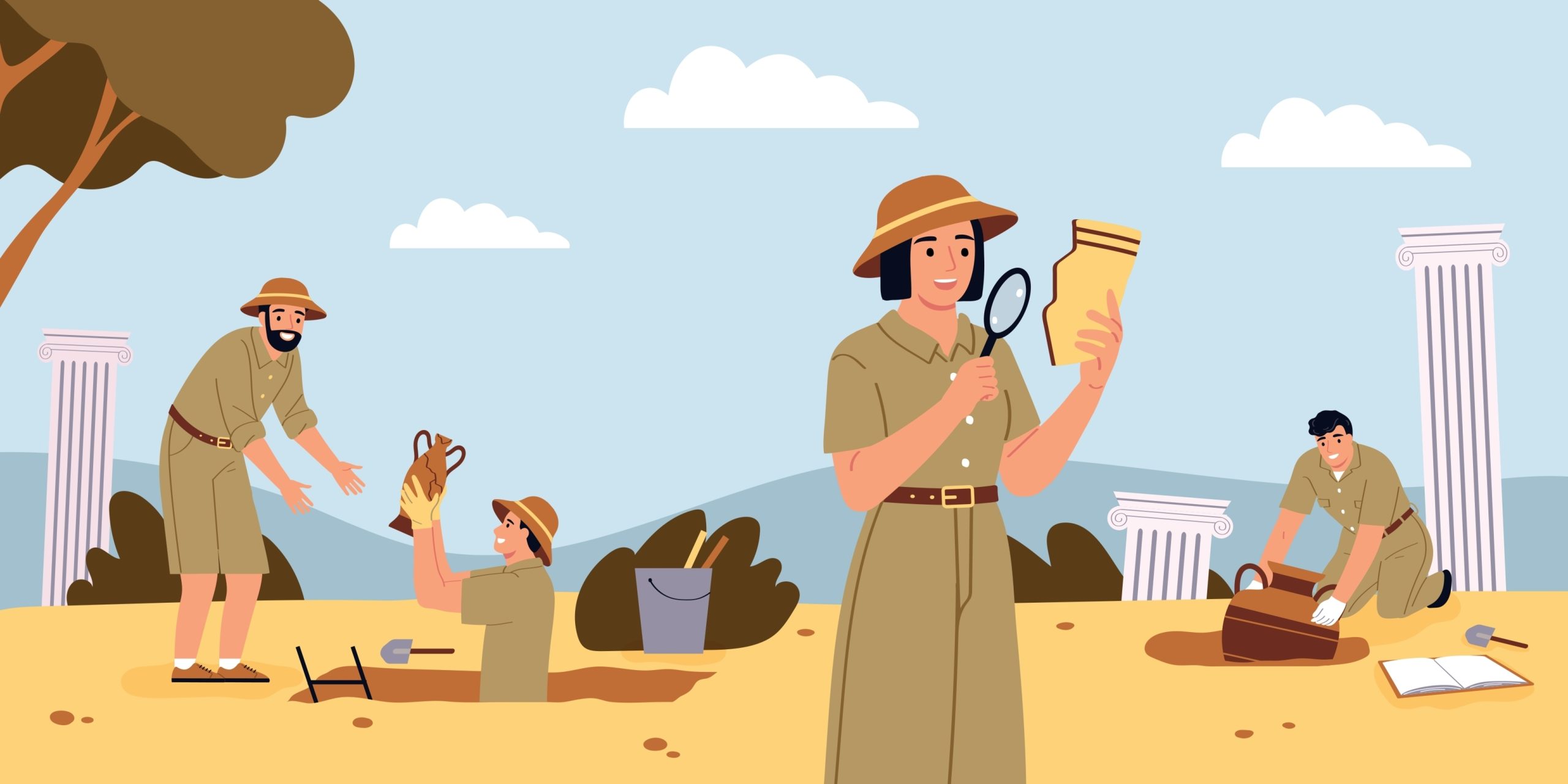Have you ever strolled through a park and found yourself curious about a particular insect? Or looked at an insect and thought, “What species could that be? Children today grow up in a fast-paced, technology-driven world, leading to an increasing disconnect from nature. However, instead of solely blaming screens for this shift, we can embrace technology as a tool to bridge the gap between children and the natural world.
By blending technology with nature, we can create meaningful learning experiences that inspire curiosity and exploration as teachers and parents. We can shift our perspective toward constructive and balanced technology use that can empower children to engage with their surroundings in new and exciting ways. Screens can serve as powerful tools for learning, connecting, and discovering. Let’s explore three innovative apps to encourage children to observe, explore, and develop a deeper appreciation for nature!
iNaturalist: Discover and Document the World Around You
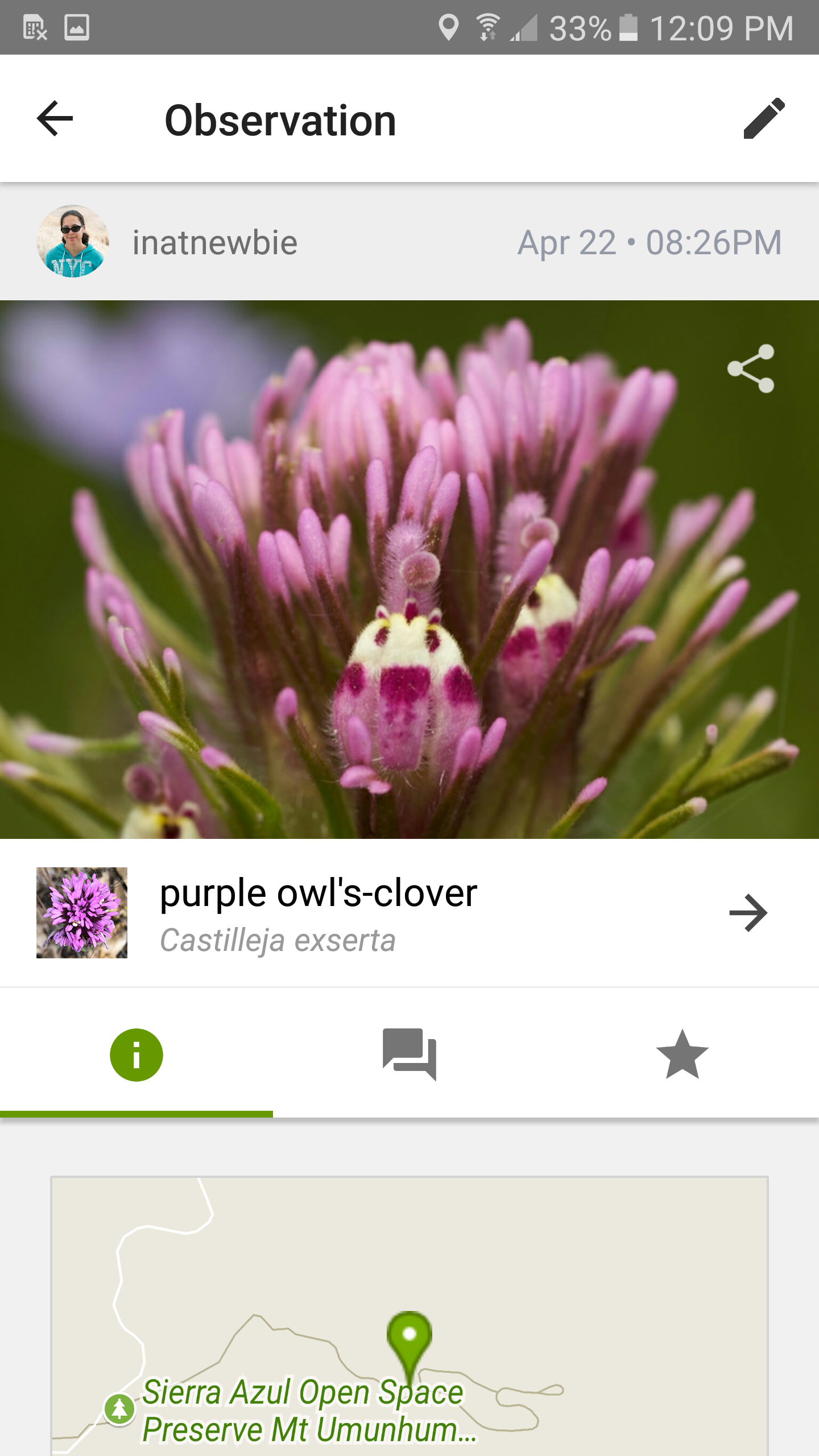
One of the most popular apps for connecting with nature is iNaturalist, a citizen science app that allows children to document and identify plants and animals they encounter in their environment. The app uses the power of crowdsourcing to help users identify species based on photos and descriptions. It’s an invaluable tool for learning about biodiversity and encourages children to spend more time outdoors observing their surroundings.
For young learners, iNaturalist can be a fantastic way to build observational skills. Teachers and parents can create challenges for children to find a certain number of species in their local area, such as in school or even organise a “nature scavenger hunt” using the app. Through this, children will begin to see the world around them through a lens of curiosity and wonder, learning to appreciate the complexity of ecosystems and the importance of preserving biodiversity.
Beyond identification, iNaturalist offers a unique opportunity for young users to contribute to scientific research. Researchers use the app’s data to track species populations, understand migration patterns, and assess environmental health. This app partners with world scientists and conservation organisations to verify user-submitted data, ensuring its accuracy and reliability. By uploading the young users’ observations, they engage in meaningful and hands-on learning experiences and contribute to globally recognised efforts to monitor and protect nature!

Seek by iNaturalist: Exploring Nature Through Gamification
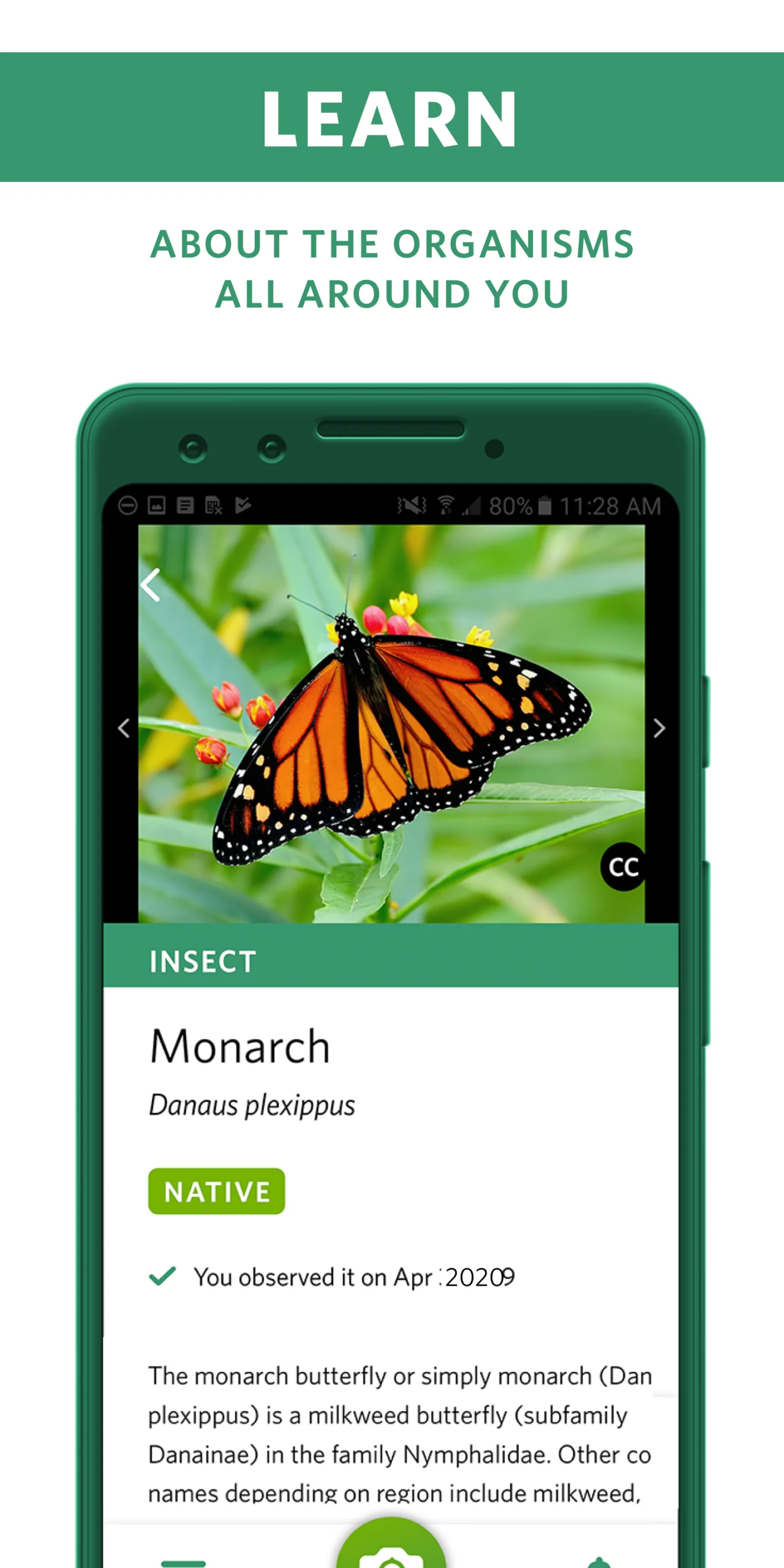
For parents and educators looking for an app specifically designed for younger children, Seek by iNaturalist is an excellent option. Seek gamifies the process of exploring nature, allowing children to earn badges for identifying different species. This app encourages kids to go outside and search for plants, insects, birds, and animals, turning nature walks into a fun and interactive activity.
In addition to encouraging exploration, Seek helps children develop important skills such as problem-solving, critical thinking, and scientific observation. The app uses a simple, intuitive interface that provides instant feedback when a child identifies a species. This immediate reinforcement keeps young learners engaged and motivated to keep exploring.
As children engage with Seek, they learn about the diversity of life on Earth and the importance of conservation. By understanding their environment’s different species, children realise that nature’s richness is worth protecting. This awareness can serve as the foundation for climate action education, as children understand that protecting biodiversity is a key part of combating climate change.
BugFinder: A Child-Friendly Guide to Insects
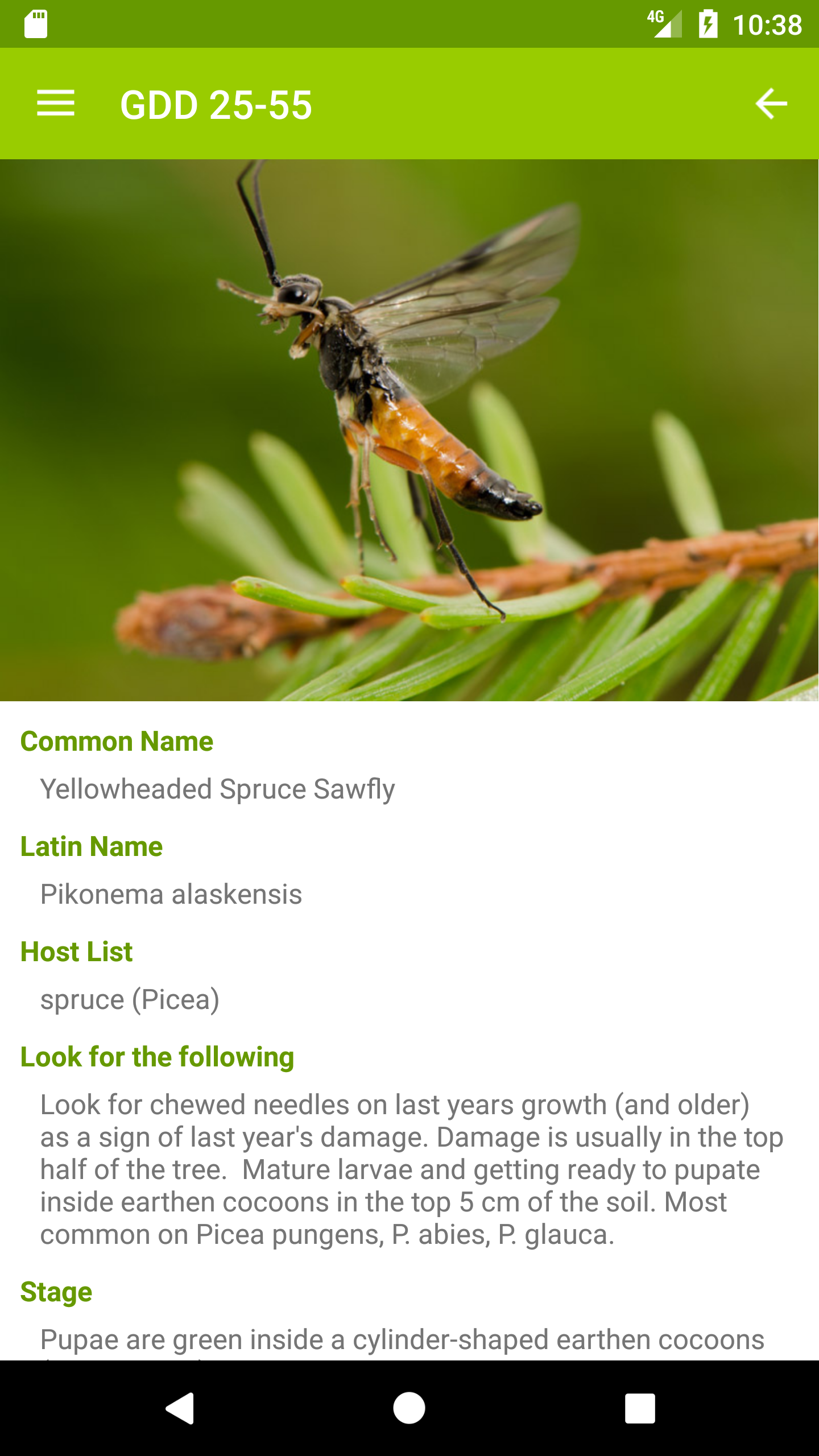
Although frequently overlooked, insects are essential to ecosystem function, playing critical roles in pollination, decomposition of organic matter, and maintaining ecological balance. Their diverse activities support biodiversity, enhance soil fertility, and sustain natural and agricultural systems. Teaching children to recognise different species, from ladybugs to dragonflies, can foster an appreciation for these essential creatures.
BugFinder is an engaging and educational app for children fascinated by tiny insects living in their backyards. This app helps young explorers identify insects they encounter outdoors, providing fun facts about each species. With its colourful, user-friendly interface, BugFinder is ideal for younger children, sparking curiosity about the importance of insects in the ecosystem.
BugFinder can be used in the classroom or at home to encourage outdoor exploration, where children learn about the insects they encounter and the critical role these tiny creatures play in the health of our planet. Children will learn that preserving even the smallest creatures is crucial for maintaining a healthy ecosystem.
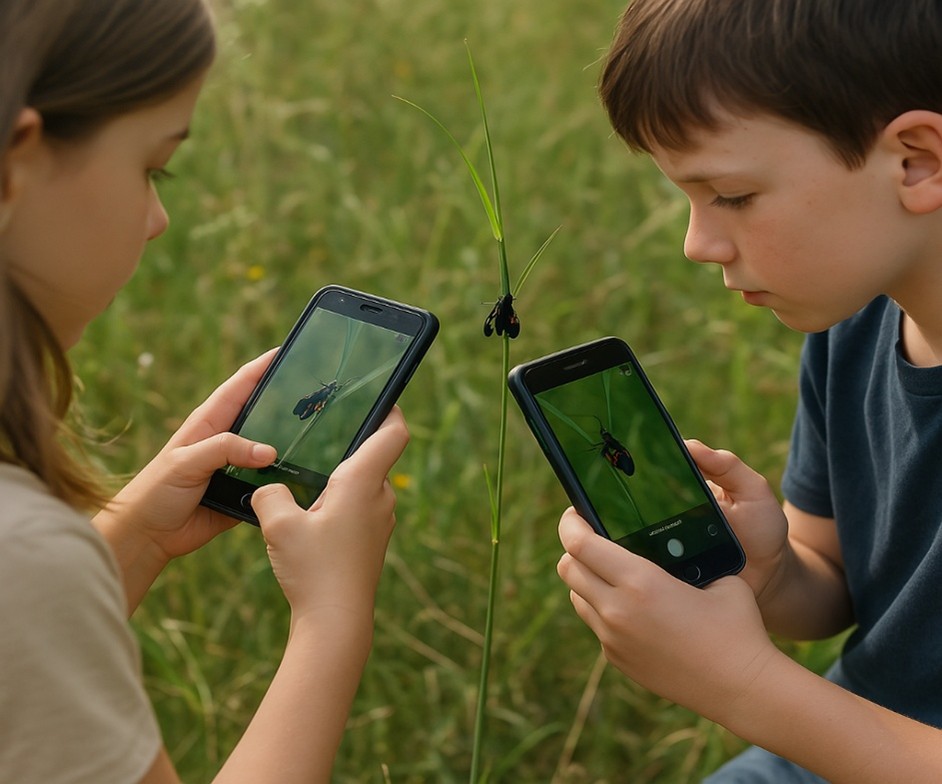
Conclusion
As parents and educators, we have a unique opportunity to guide children toward a deeper understanding of the environment through digital tools that foster exploration and curiosity. When paired thoughtfully with outdoor engagement, these apps can help children build environmental awareness and a sense of connection to nature. While their primary function is to teach children about the natural world, such as identifying plants, tracking weather patterns, or observing wildlife, many also encourage reflective practices and small everyday choices that contribute to environmental care. In doing so, they lay the groundwork for future pro-environmental attitudes and actions. With the right balance of screen time and green time, we can nurture a generation that is both knowledgeable and emotionally invested in protecting our planet.
Prepared by:
Syaza Soraya Sauli

